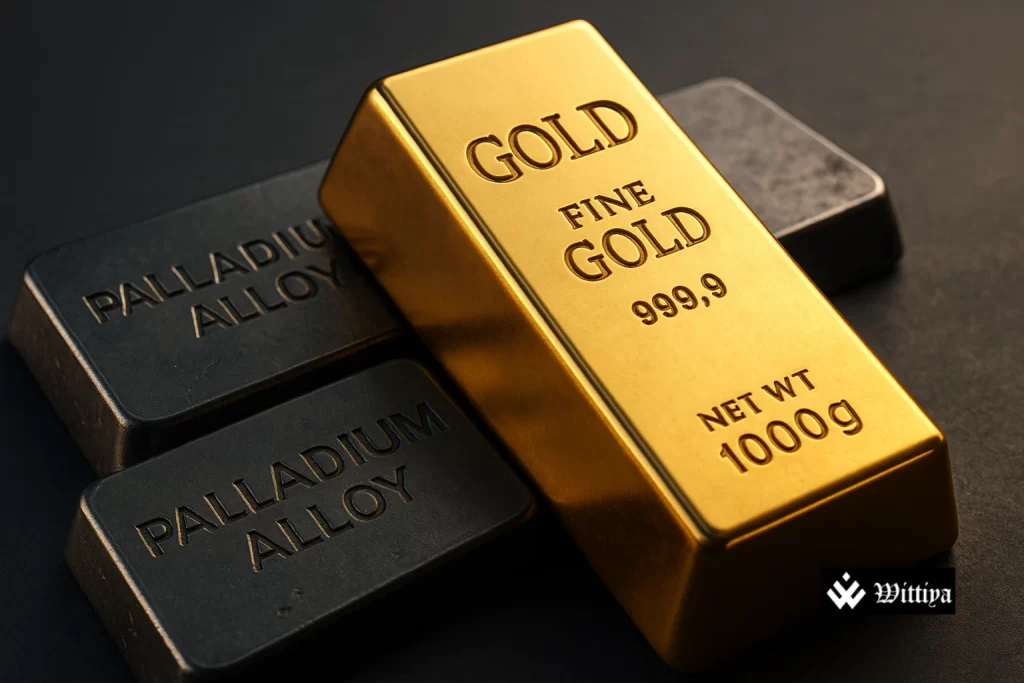India has amended its import policy on palladium and rhodium alloys containing gold. The Directorate General of Foreign Trade (DGFT), under the Ministry of Commerce and Industry, has restricted the inbound shipment of alloys containing over 1% gold by weight, addressing loopholes in the import duty structure. These alloys are commonly used in white gold jewellery and dental applications.
The Government of India has revised its import policy to restrict the inbound shipment of palladium and rhodium alloys that contain more than 1% gold by weight, according to reports from multiple media outlets including CNBC-TV18. The update comes via the Directorate General of Foreign Trade (DGFT), the body responsible for formulating and implementing foreign trade policy under the Ministry of Commerce and Industry.
This policy change targets the misuse of regulatory loopholes, where importers have allegedly brought in platinum-group metal alloys containing high quantities of gold while availing lower import duties. These industrial compounds enjoy tax benefits compared to direct gold imports, prompting DGFT to step in.
While an official notification from DGFT is still awaited, sources indicate that the policy amendment will primarily impact imports meant for the jewellery sector and dental applications. Palladium and rhodium alloys—often combined with gold—are used in crafting white gold jewellery, prized for its durability and lustrous finish. These alloys are also relevant in dental technologies.
Industry analysts note that this move could tighten compliance and discourage duty circumvention practices. The global prices of platinum-group metals—platinum, palladium, rhodium, iridium, and ruthenium—have remained relatively stable over the past year. While rhodium showed slight recovery in early 2025, palladium and platinum continued to stay subdued due to weakening demand.
Globally, the automotive sector accounts for a major portion of the demand for these metals, with about 90% of palladium and rhodium and 45% of platinum used in vehicle catalytic converters, as noted in a recent report by the International Energy Agency (IEA).
This regulatory adjustment follows India’s ongoing efforts to monitor and streamline precious metal imports, which significantly influence trade balances and foreign exchange reserves.
